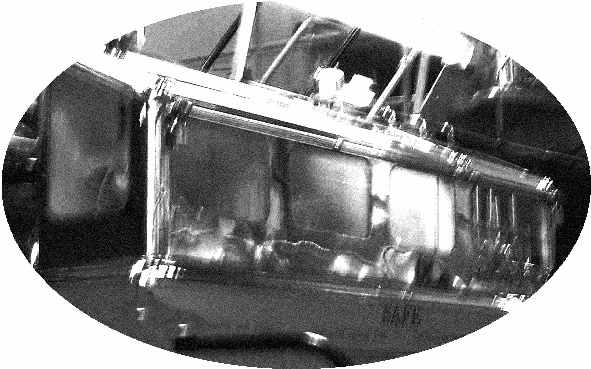
Keeping in mind that there are trained professionals out there, tasting a whisky can be as straightforward as having a rum and coke, or as complicated as wine-tasting. Personally, I've never spit out any whisky (on purpose) while tasting, but I'm sure it's been done. One of the reasons I originally decided to pursue whisky as opposed to wine was that it seemed less snooty and more approachable to the beginner. Wine seemed like the head cheerleader (hot, but out of reach) while whisky was the cute girl I felt confident enough to ask for a date . All psychoanalysis aside, suffice it to say that I found the identification of spicy brioche, burnt raspberries and/or buttered asparagus notes in wine to be slightly intimidating.
Whisky tasting can be just as snooty, with people describing flavours from multiple species of seaweed to Battenburg cake. Don't let yourself be intimidated. The important thing is to work at this slowly, as your tastebuds will develop in time. My first time picking out citrus flavours which were subsequently "confirmed" in the literature resulted in a hip-hop hooray!
I like breaking the tastes down into categories and making these increasingly more detailed or complex as my tongue becomes better at distinguishing them. A good way to start is to pick some whiskies that are at opposite ends of the flavour spectrum. I'll bet you a 34-year old bottle of Highland Park that even the novice will be able to taste the difference between a sweet toffee Speyside malt and a smoky, peaty Islay malt. You'll also smell the difference long before anything touches your tongue! As you get adept at picking these opposites apart by taste and smell, start trying to distinguish malts which are closer in character.
Categorization will really help you remember what types of whiskies you like, and others that might be similar to them. David Wishart's wonderful tome "Whisky Classified" is absolutely brilliant in this regard, and is highly recommended not just for beginners, but also for those less interested in scoring whisky and more in learning of their specific characteristics. It will help you determine which malts fall into similar tasting and nosing categories.
Start with "fruity" aromas and tastes. Glenfiddich 12 y-o is a good one in this category. When you feel comfortable picking out fruity aromas, how about distinguishing between orchard fruit (apples, pears, etc.) vs. citrus (orange, lemon)?
Scapa 12 year-old (distillery bottling) has some excellent orchard fruit notes (think pear juice) while the Cragganmore distiller's edition bottlings have some strong orange notes.
How about "woody" aromas and tastes? These include toffee, vanilla and caramel notes which are imparted by the wood casks the whiskies are aged in. Speyside malts like Longmorn, Aberlour and the Balvenie are good examples for these notes.
Looking for smoke? Talisker 10 y-o could be considered the benchmark, and although it can be a rough start for beginners, it will definitely make you familiar with smokiness.
The stereotypical Islay malts (Ardbeg, Lagavulin, Laphroaig) are shining examples of peat smoke and iodine character. This might not sound appealing at first, but once you've acquired the taste for it, there is no substitute!
In closing, have confidence in your tasting abilities and start with malts that give you a variety of flavours and aromas. Practice blind tasting and nosing to see what you can distinguish and above all, enjoy what you're drinking. You'll be picking Battenburg cake out of peat and pears in no time!
How about "woody" aromas and tastes? These include toffee, vanilla and caramel notes which are imparted by the wood casks the whiskies are aged in. Speyside malts like Longmorn, Aberlour and the Balvenie are good examples for these notes.
Looking for smoke? Talisker 10 y-o could be considered the benchmark, and although it can be a rough start for beginners, it will definitely make you familiar with smokiness.
The stereotypical Islay malts (Ardbeg, Lagavulin, Laphroaig) are shining examples of peat smoke and iodine character. This might not sound appealing at first, but once you've acquired the taste for it, there is no substitute!
In closing, have confidence in your tasting abilities and start with malts that give you a variety of flavours and aromas. Practice blind tasting and nosing to see what you can distinguish and above all, enjoy what you're drinking. You'll be picking Battenburg cake out of peat and pears in no time!





